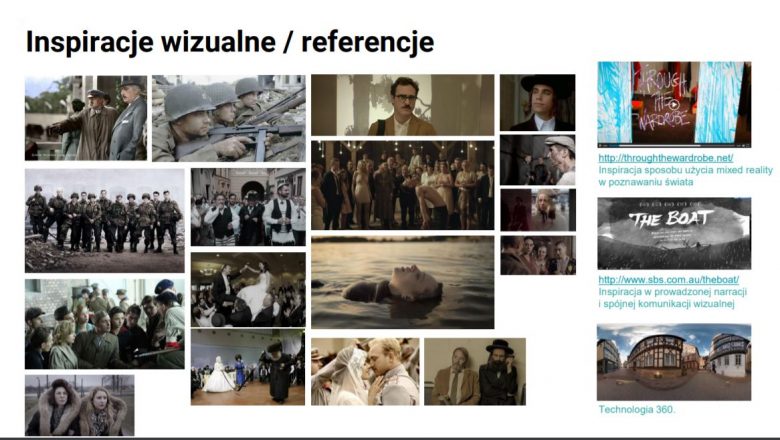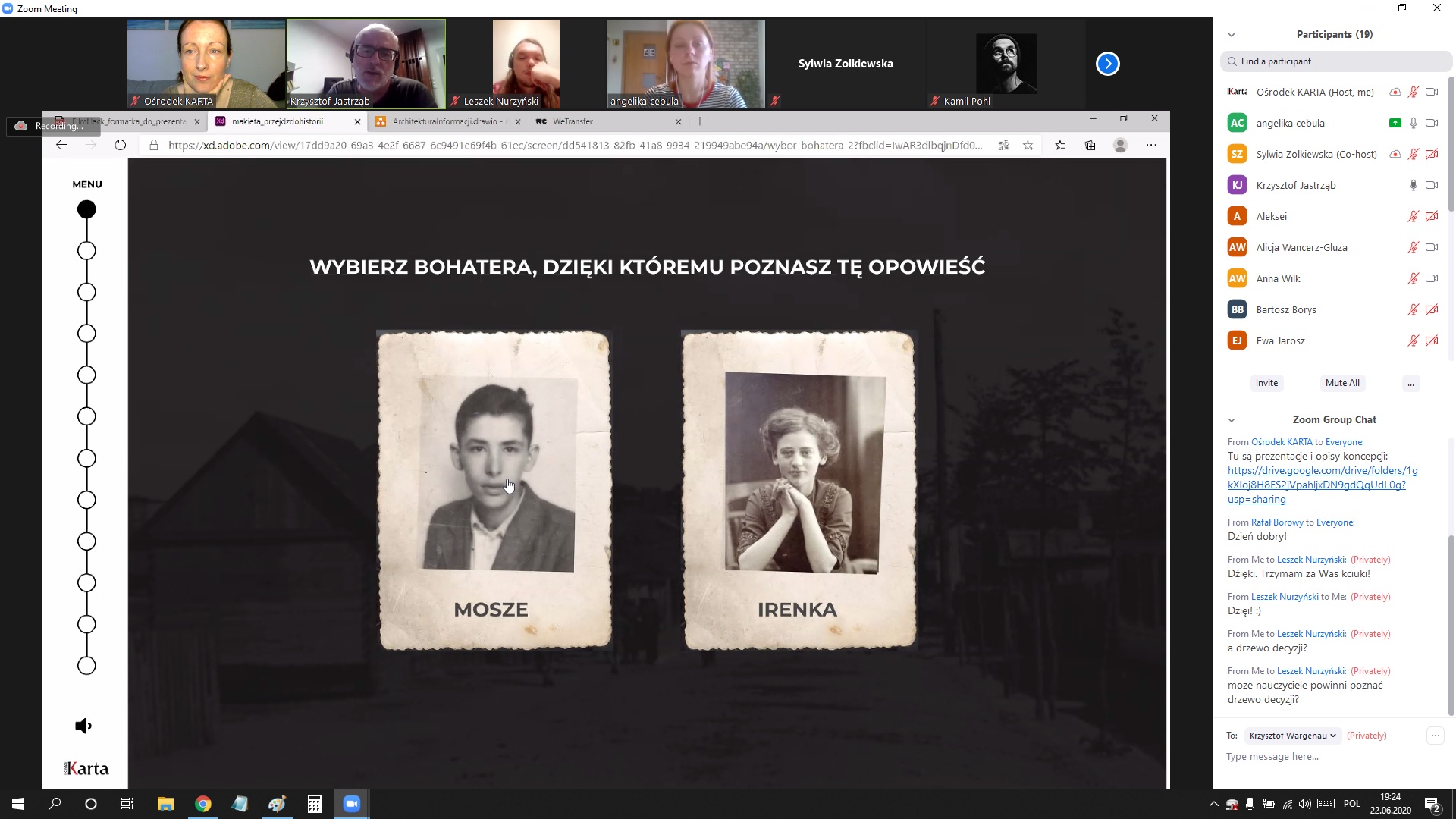
Case study of Interactive Filmproject Przejdź do historii
author
Andżelika Cebula, Krzysztof Jastrząb, Miguel Nieto, Michał SzymańskiProject description
FilmHack
FilmHack (23-30.05.2020) was the first online film hackathon organized in Poland, the aim of which is to develop the concept of an interactive educational film about the Polish-Jewish community before the war, based on the fate of the inhabitants of a small town in the Siedlce poviat – Mordów.
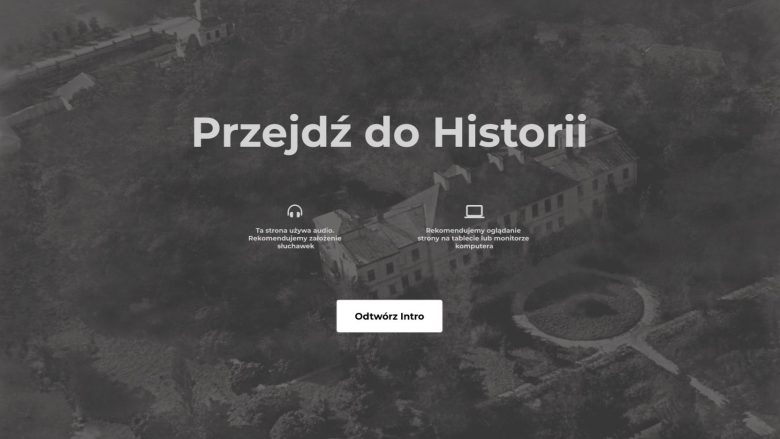 The organizer of the Hackathon is Ośrodek KARTA, and the event is financed by the Foundation „Remembrance, Responsibility and Future” as part of the digital // memory program. The main content partner of FilmHack is the Visual Narratives Laboratory at the Film School in Łódź.
The organizer of the Hackathon is Ośrodek KARTA, and the event is financed by the Foundation „Remembrance, Responsibility and Future” as part of the digital // memory program. The main content partner of FilmHack is the Visual Narratives Laboratory at the Film School in Łódź.
Hackathon, i.e. a design marathon in a competition formula, is based on experimenting, working in interdisciplinary teams and fostering competition. The participants’ task will be to develop a concept and create a prototype in the form of a clickable mock-up of a f ragment of an interactive film based on archival materials. Here you can find description of FilmHack (in Polish)
Experts
During the first weekend of the hackathon, we got to know the team we will work with, speakers and jurors. We participated in consultations with mentors and listened to lectures by speakers such as: Anna Desponds, Katarzyna Boratyn, Sylwia Żółkiewska, Piotr Szymanek and others.
Online meetings
Despite the online competition, the lectures sometimes included exercises that we did at home. We learned a lot of interesting things about interactive narratives and running a film project. In the following days of the hackathon, we worked on our project.
Team
None of us knew each other before. We only met during the hackathon. Although the collaboration was only online, it was extremely successful.
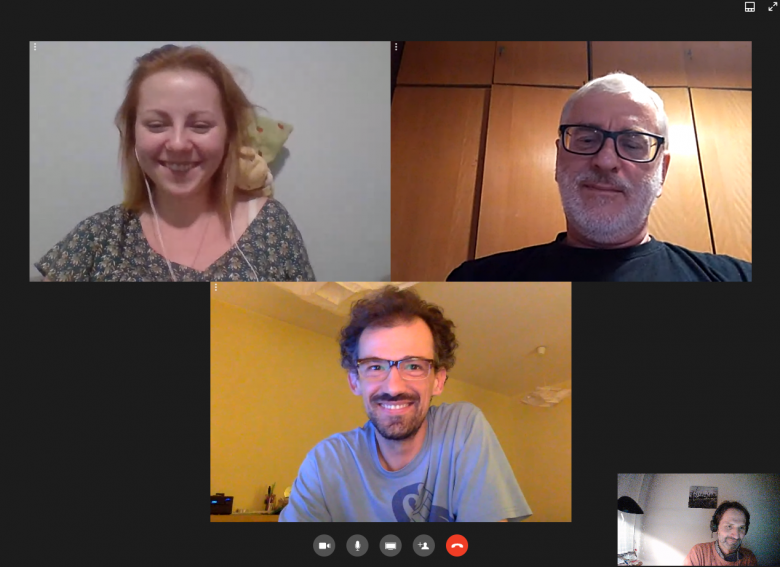 Angelika Cebula – UX/UI designer
Angelika Cebula – UX/UI designer
Miguel Nieto – filmmaker
Krzysztof Jastrząb – sound director
Mich Szymański – screenwriter
Our task was to create an interactive film about the Jewish community that lived in the town of Mordy in Podlasie during the interwar period.
The hackathon was divided into two stages. Eight teams participated in the first stage. Our task was to create the concept of an interactive movie and a clickable mock-up in which we will develop the story of at least one hero. As one of the three teams, we found ourselves in the second stage, in which our task was to expand our script with the story of the second character, and thus create a more advanced model of the film.
During the hackathon, we worked according to the plan defined at the beginning: discover, define, ideate, design, research (tests).
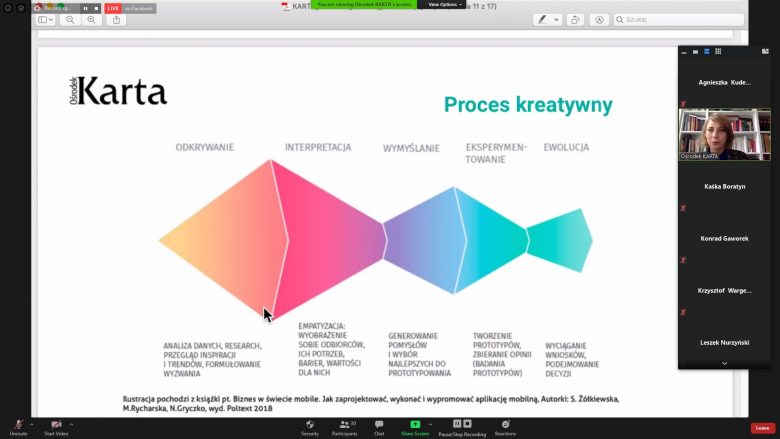
Design process
Discover
1. Archive research
2. Brain storming
3. Consultation with mentors
4. Learning about research methods
Define
1. Definition of the target group
2. Empathy maping
3. Survey research
Ideate
1. Story script
2. User flow (interactive film script)
3. Design assumptions
4. Inspiration
Story script
The plot of the team’s concept is the search for a mysterious bundle hidden in 1920 near the Przewłocki estate. Looking for more clues leading to the “treasure”, the viewer discovers various facts f rom the history of the Mordy (city) in 1920-1932, concerning both the inhabitants of the Przewłocki estate and the Jewish community. The story will include filmed footage combined with animations, archives, all of which will allow you to see the place of action in 360-degree technology, which thanks to the immersion effect is an asset, but also a serious challenge in implementing the concept.
Design assumptions
A movie that can be seen on the website (we do not rule out movie availability on mobile platforms):
• we make the film using 360 technology
• we use actors and a film reader in the movie
• archival materials: films, sound, photos
• use of AR, VR + mixed reality technologies
• the use of materials drawn with traditional techniques
• use of animations and Street View to show now / today
• sound reinforcement resulting f rom the action of the film
INSPIRATION
II STAGE
In the first stage, eight teams took part. Three teams went to the second stage. Our team reached the second stage, in which we expanded our concept with the story of the second hero of our story. We also added more screens to the visual narrative and conducted in-depth interviews, during which we tested the prepared mock-up on the target users of the interactive film. The second stage lasted a month and we took third place.
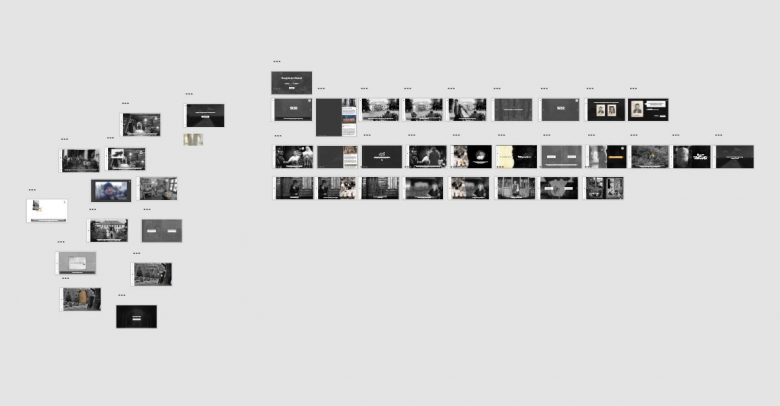
Design
1. High fidelity wiref rames
2. Interactive storyboard
You can watch here INTERACTIVE MOCKUP of the team Przejdź do historii.
The mockup was make in Adobe XD.
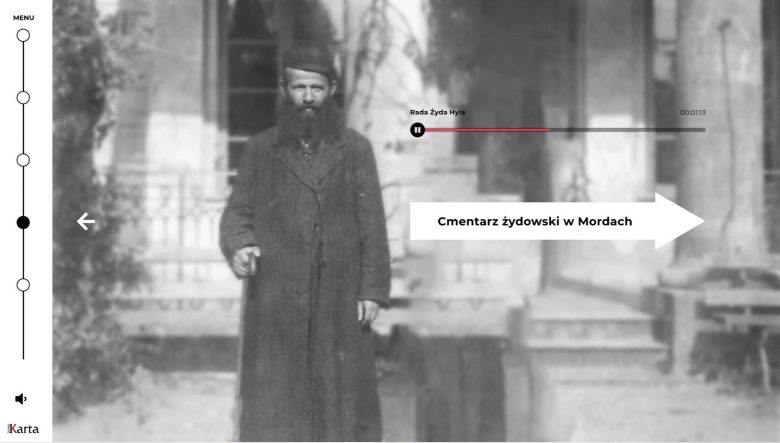 Archival photos were used to prepare the mock-up, f rom which collages were created in some places.
Archival photos were used to prepare the mock-up, f rom which collages were created in some places.
Archives are like a storyboard in a movie and simulate the course of a story.
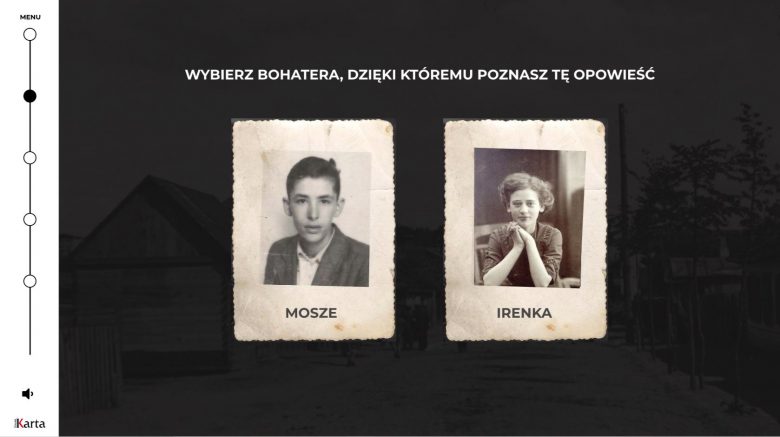 Therefore, the mock-up can be considered a prototype of an interactive story.
Therefore, the mock-up can be considered a prototype of an interactive story.
Research using an interactive mock-up
In-depth interviews with users
We conducted six individual interviews with the recipients of our product. They were boys aged 16 and one girl aged 18.
Based on the comments presented:
• In our project, we grayed out the menu dots (movie moments) to which the user has not arrived yet, so as not to prematurely learn the entire plot.
• We have added more difficult puzzles inspired by escape room puzzles.
• We have introduced more interactive elements.
• We have introduced the moment when the user is lost and returns to the starting point (in the case of Irenka, choose the park and then return to the council of the Jew Hyl)
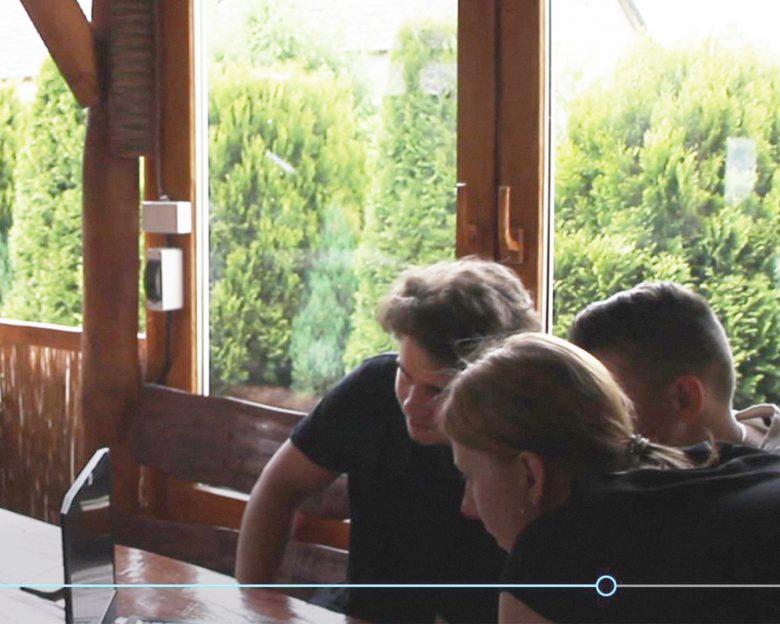
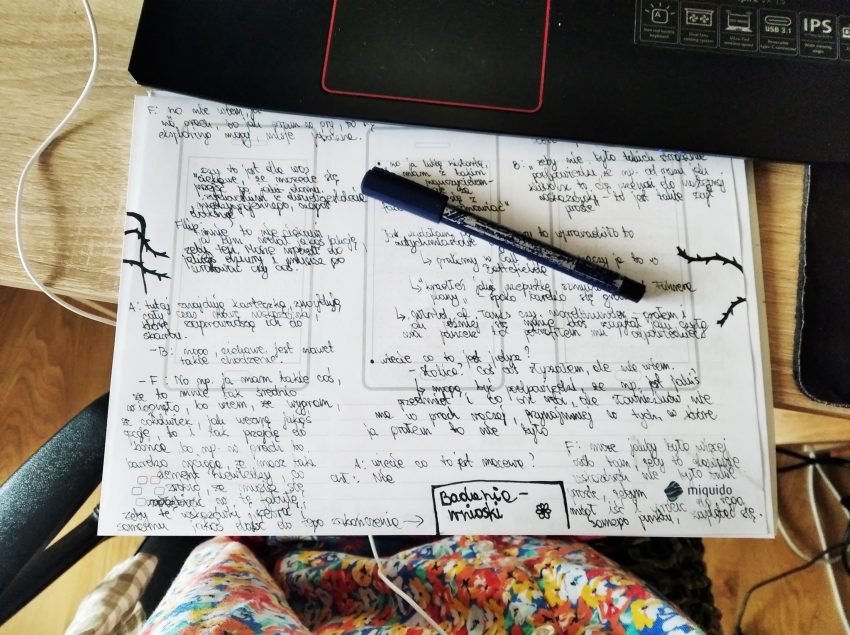
Links
Conversation with the team about the movie
More information: https://karta.org.pl/hackathon
